Gunnar Blohm
MoVi: A Large Multipurpose Motion and Video Dataset
Mar 04, 2020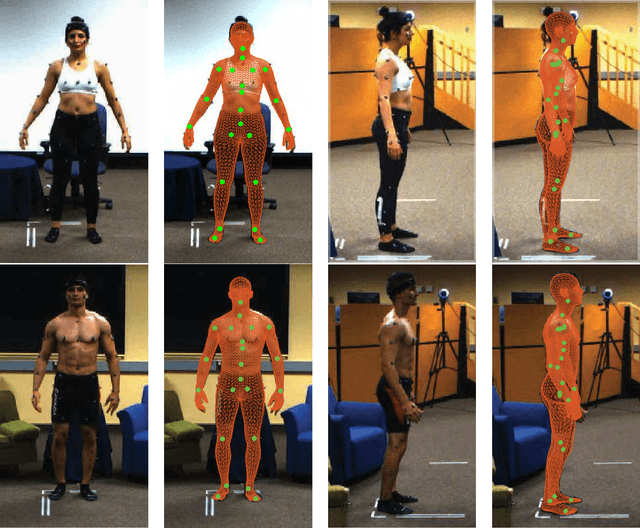
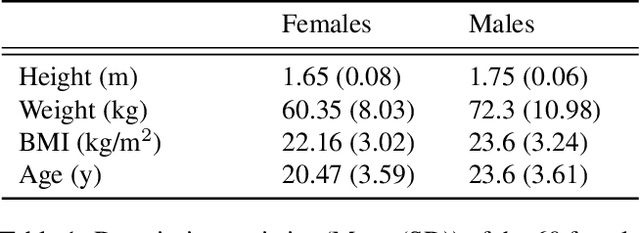
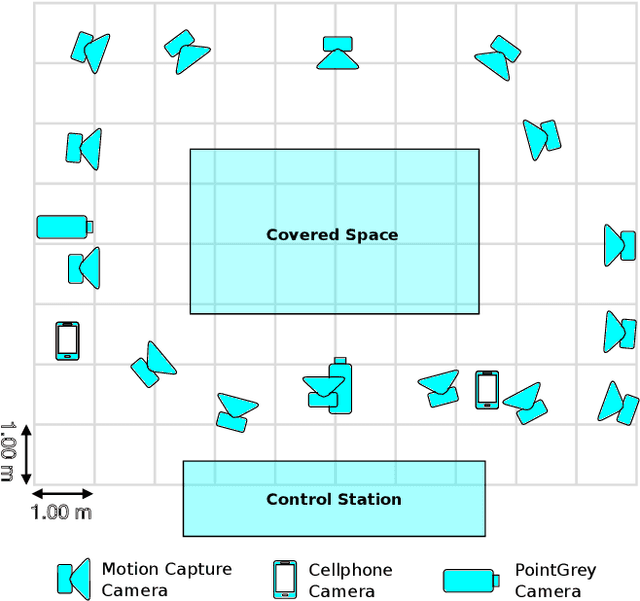

Abstract:Human movements are both an area of intense study and the basis of many applications such as character animation. For many applications, it is crucial to identify movements from videos or analyze datasets of movements. Here we introduce a new human Motion and Video dataset MoVi, which we make available publicly. It contains 60 female and 30 male actors performing a collection of 20 predefined everyday actions and sports movements, and one self-chosen movement. In five capture rounds, the same actors and movements were recorded using different hardware systems, including an optical motion capture system, video cameras, and inertial measurement units (IMU). For some of the capture rounds, the actors were recorded when wearing natural clothing, for the other rounds they wore minimal clothing. In total, our dataset contains 9 hours of motion capture data, 17 hours of video data from 4 different points of view (including one hand-held camera), and 6.6 hours of IMU data. In this paper, we describe how the dataset was collected and post-processed; We present state-of-the-art estimates of skeletal motions and full-body shape deformations associated with skeletal motion. We discuss examples for potential studies this dataset could enable.
Movement science needs different pose tracking algorithms
Jul 24, 2019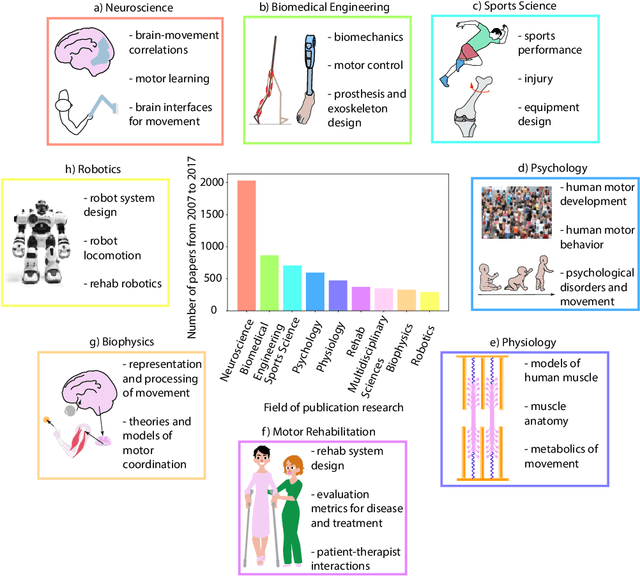
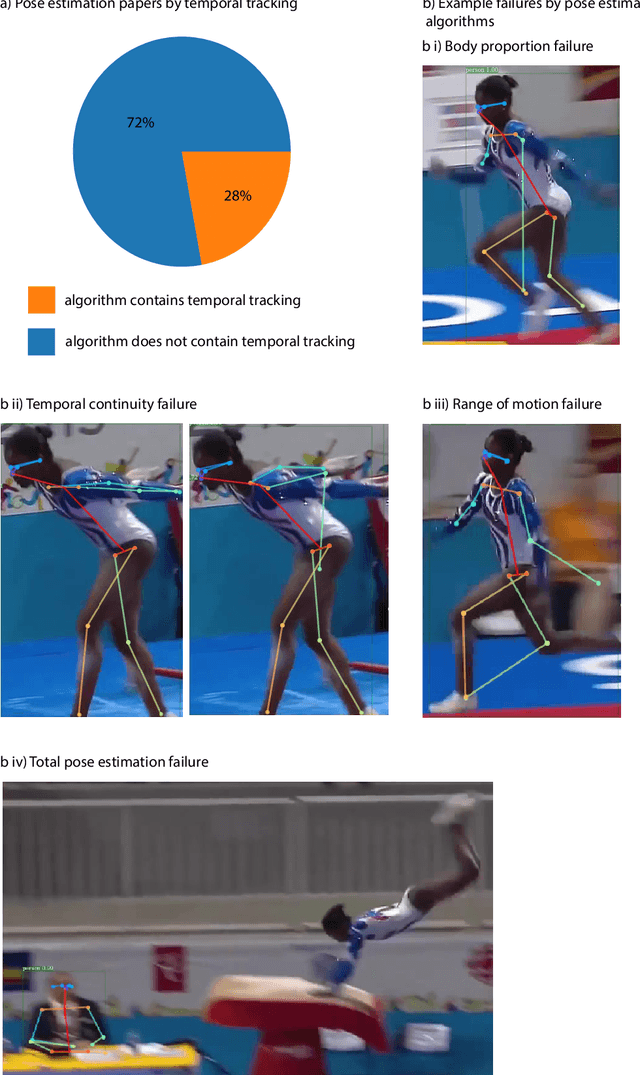
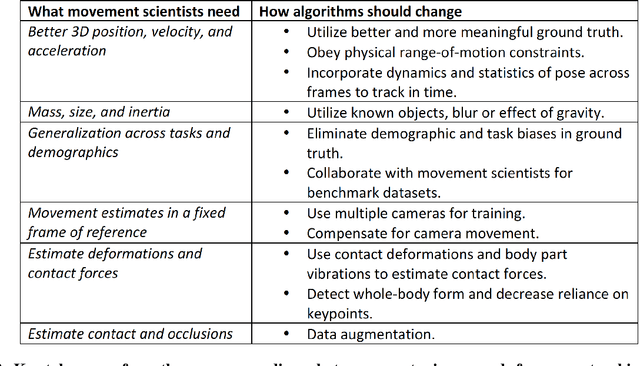
Abstract:Over the last decade, computer science has made progress towards extracting body pose from single camera photographs or videos. This promises to enable movement science to detect disease, quantify movement performance, and take the science out of the lab into the real world. However, current pose tracking algorithms fall short of the needs of movement science; the types of movement data that matter are poorly estimated. For instance, the metrics currently used for evaluating pose tracking algorithms use noisy hand-labeled ground truth data and do not prioritize precision of relevant variables like three-dimensional position, velocity, acceleration, and forces which are crucial for movement science. Here, we introduce the scientific disciplines that use movement data, the types of data they need, and discuss the changes needed to make pose tracking truly transformative for movement science.
 Add to Chrome
Add to Chrome Add to Firefox
Add to Firefox Add to Edge
Add to Edge